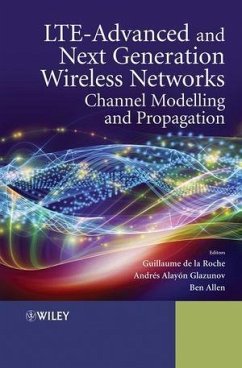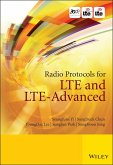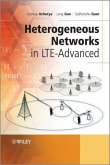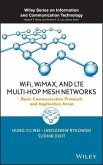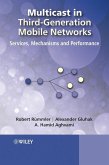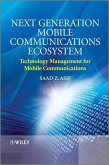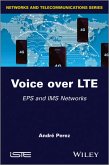LTE- A and Next Generation Wireless Networks: Channel Modeling and Performance describes recent advances in propagation and channel modeling necessary for simulating next generation wireless systems. Due to the radio spectrum scarcity, two fundamental changes are anticipated compared to the current status. Firstly, the strict reservation of a specific band for a unique standard could evolve toward a priority policy allowing the co-existence of secondary users in a band allocated to a primary system. Secondly, a huge increase of the number of cells is expected by combining outdoor base stations with smaller cells such as pico/femto cells and relays. This evolution is accompanied with the emergence of cognitive radio that becomes a reality in terminals together with the development of self-organization capabilities and distributed cooperative behaviors. The book is divided into three parts: * Part I addresses the fundamentals (e.g. technologies, channel modeling principles etc.) * Part II addresses propagation and modeling discussing topics such as indoor propagation, outdoor propagation, etc. * Part III explores system performance and applications (e.g. MIMO Over-the-air testing, electromagnetic safety, etc).
Dieser Download kann aus rechtlichen Gründen nur mit Rechnungsadresse in A, B, BG, CY, CZ, D, DK, EW, E, FIN, F, GR, HR, H, IRL, I, LT, L, LR, M, NL, PL, P, R, S, SLO, SK ausgeliefert werden.
Hinweis: Dieser Artikel kann nur an eine deutsche Lieferadresse ausgeliefert werden.

